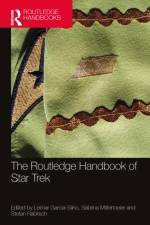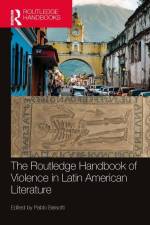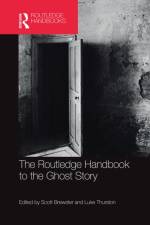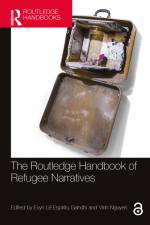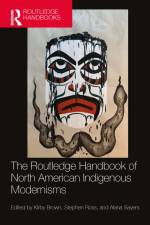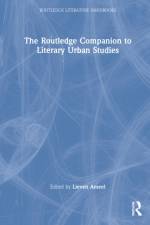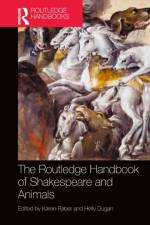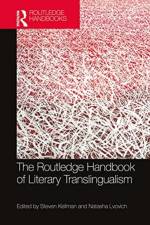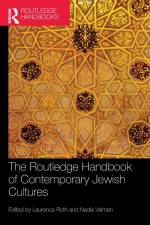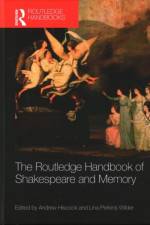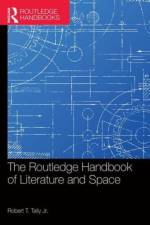av Evyn Le Espiritu Gandhi
2 961
This Handbook presents a transnational and interdisciplinary study of refugee narratives, broadly defined. Interrogating who can be considered a refugee and what constitutes a narrative, the thirty-eight chapters included in this collection encompass a range of forcibly displaced subjects, a mix of geographical and historical contexts, and a variety of storytelling modalities. Analyzing novels, poetry, memoirs, comics, films, photography, music, social media, data, graffiti, letters, reports, eco-design, video games, archival remnants, and ethnography, the individual chapters counter dominant representations of refugees as voiceless victims. Addressing key characteristics and thematics of refugee narratives, this Handbook examines how refugee cultural productions are shaped by and in turn shape socio-political landscapes. It will be of interest to researchers, teachers, students, and practitioners committed to engaging refugee narratives in the contemporary moment.The Open Access version of this book, available at http://www.taylorfrancis.com, has been made available under a Creative Commons [Attribution-Non Commercial-No Derivatives (CC-BY-NC-ND)] 4.0 license.

